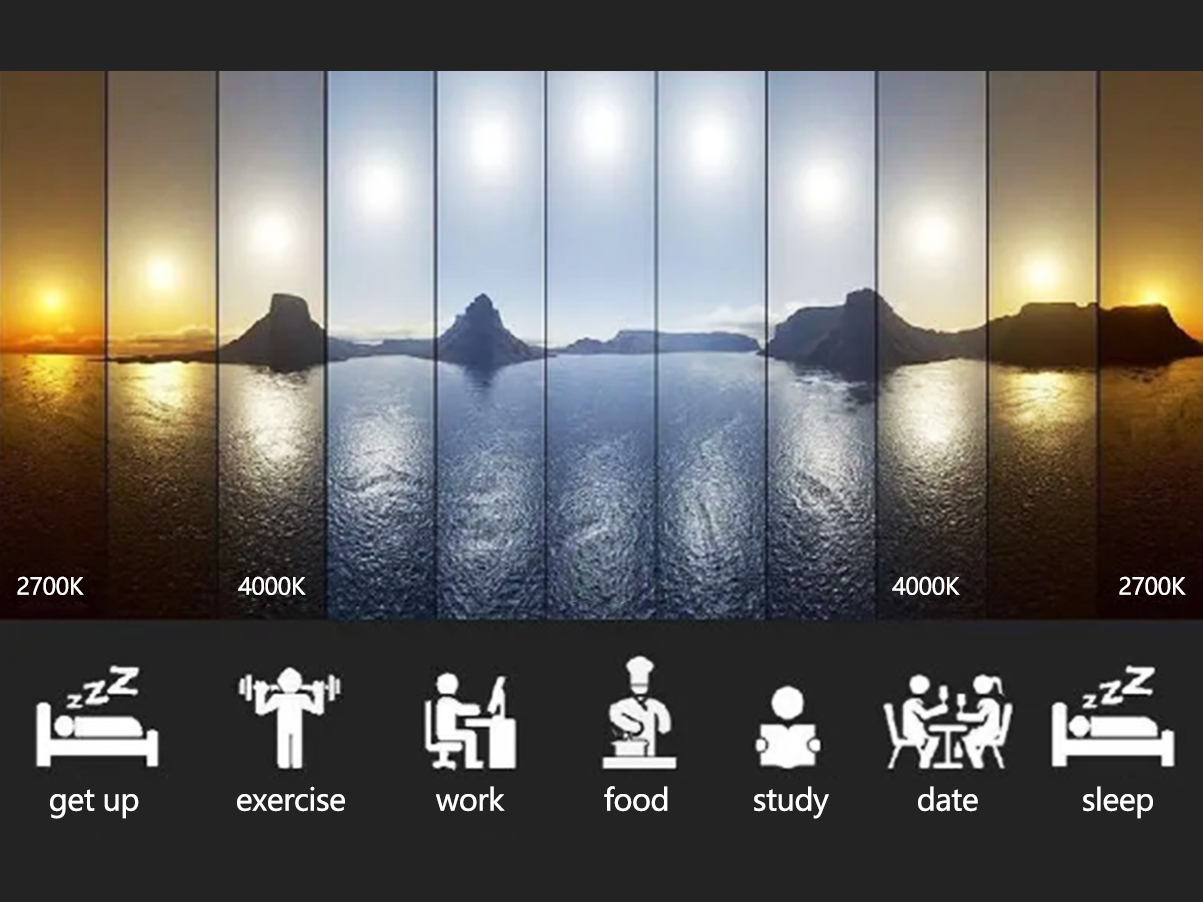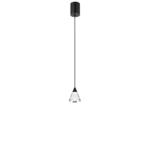What is RA/CRI ?
CRI stands for color rendering index. CRI measures and compares the ability of a light source to accurately reproduce the color of an object under artificial light.
The picture above shows the color of the same apple under light sources with the same color temperature and different CRI. It can be intuitively felt that the higher the color rendering index, the closer the apple color is to the real color.
Color Rendering Index (CRI) is a measurement of how natural colors render under an artificial white light source when compared with sunlight. The index is measured from 0-100, with a perfect 100 indicating that colors of objects under the light source appear the same as they would under natural sunlight. Typically, light sources with a CRI of 80 to 90 are regarded as good and those with a CRI of 90+ are excellent! The general rule is: The higher the CRI, the better the color rendering capacity.
CIE stipulates 15 test colors/standard color samples, and the 15 total colors are numbered with 1-15 (the number 1-8 is 8 natural colors, selected from the Munsell color scale, including various representative hues , they have medium chroma and lightness, No. 9-15 are 7 kinds of test colors, including red, yellow, green, blue with higher chroma, European and American young women’s skin color, Chinese young women’s skin color, leaf green). Use R1-R15 to represent the color rendering index of the light source for these 15 colors, and the 15 test colors are shown in the figure below:
Does that mean the bigger the Ra is, the color rendition is better? The answer is no, there is also a concept of R9. R9, also known as the comfort color rendering index, is the ability to display red in the color index. The higher the R9, the more it will show the true colors of things. R9 is an important factor to measure color reproduction, and only when Ra and R9 have high values at the same time,the high color rendering of LED can be guaranteed.
















